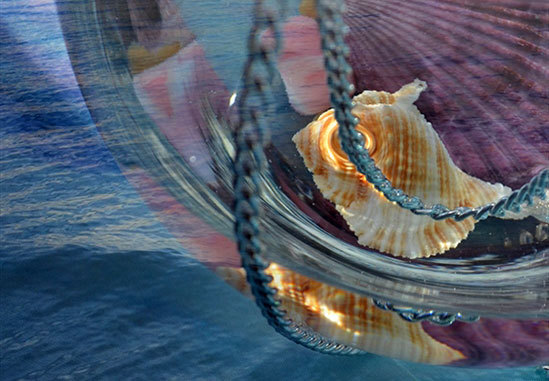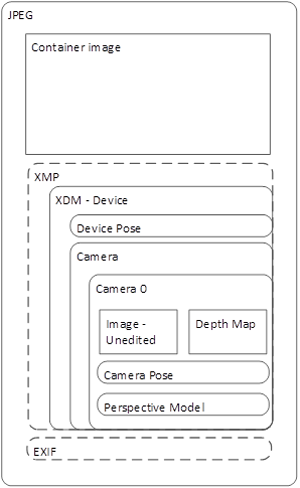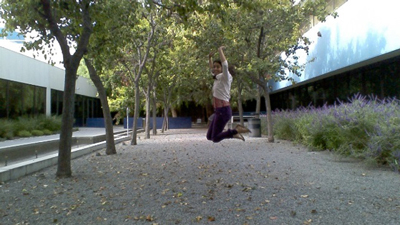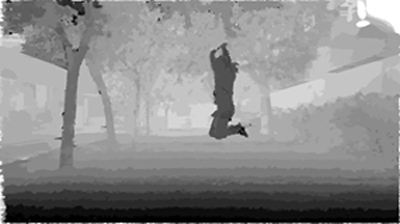Depth Enabled Photography - Double Bottom Photo

Is it possible to invent something new in photography? Undoubtedly, this is literally a limitless area for various kinds of creative and technological experiments. The overall concept of innovation remains unchanged: the more daring the idea you bring to life, the more effective the result. This post will discuss one interesting photo-application of Intel RealSense technology - Depth Enabled Photography (DEP) photos equipped with depth information.
As the name implies, DEP is an extended photo format, in which, along with the traditional picture, there is information about the distance from objects in the frame to the shooting point. That is, each point of the image, in addition to coordinates in color space, is assigned one more value or a set of values, since there may be several cameras, and each of them receives its own photo and a depth map. The set of metadata is not limited by depth, it can be the orientation of the camera in space, the coordinates of the shooting point and many others, up to vendor-specific fields filled with equipment. This ensures compatibility within the selected container, that is, if the software or device does not know how to work with DEP, it will only show the visible image in, say, JPEG format.

')
Metadata in DEP is stored in eXtensible Device Metadata (XDM) format, developed by Intel together with other companies in the photo industry for storing additional non-visual information obtained through cameras. You can already get a depth map using the Intel RealSense camera, and not only get it, but also process it and put it inside the XDM container, as they say, the Intel RealSense SDK in your hands. Visualization of depth metadata is shown in the photo below.


You have probably already felt how many new features can bring RealSense into your photo. I still list the most interesting.
- Separate background from foreground. In this case, RealSense has already succeeded for a long time, the full use of this function in the photo will certainly allow you to create many masterpieces.
- Layer by layer editing. It is also a treasure for post-processing masters.
- Adjusting the depth of field and point of focus. In fact, a dozen of new and completely different ones can be made from one photo.
- Measurements by photo. Photos can be a source of accurate data on the relative position of objects for forensic, historical and other research.
It remains to wait for the support of DEP in graphic editors. Well, the new RealSense cameras, of course, convenient for shooting.
Source: https://habr.com/ru/post/272157/
All Articles